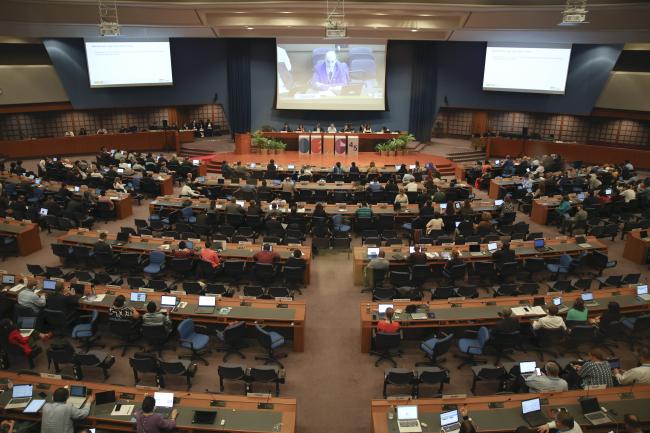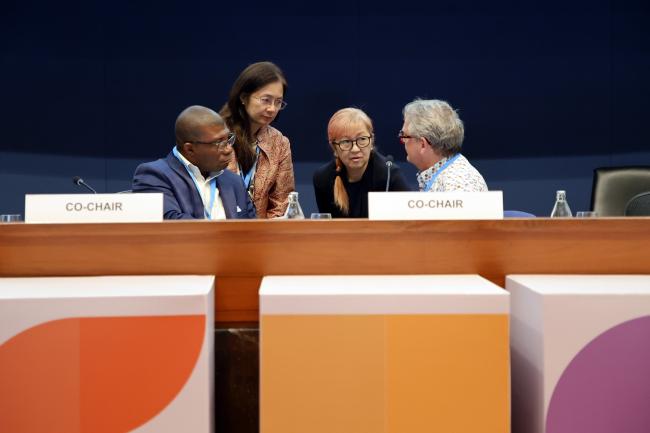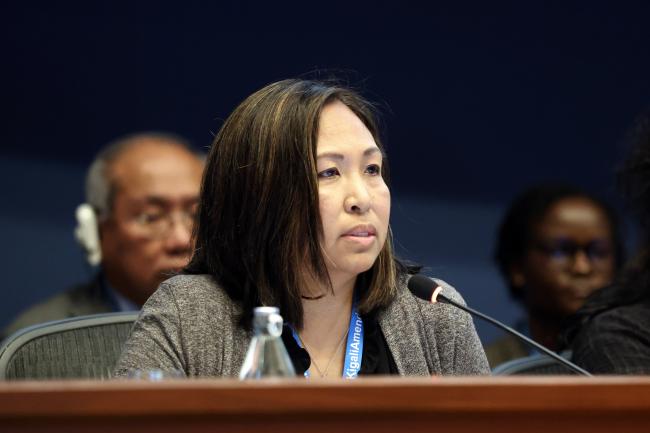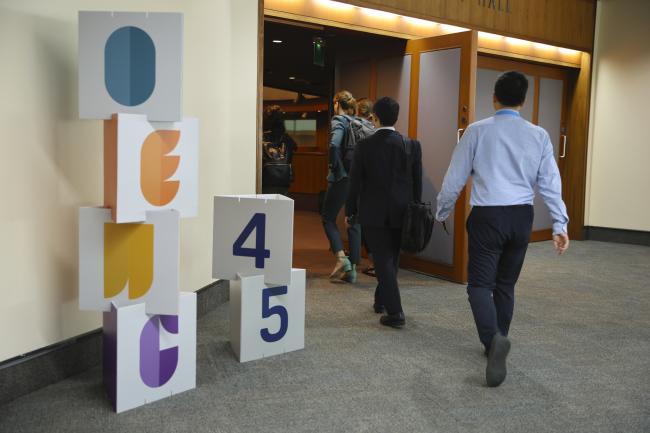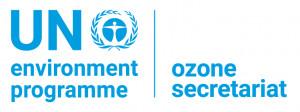“How will we afford it all?” This was the question on the minds of many delegates during the second day of the forty-fifth meeting of the Open-ended Working Group (OEWG 45) of the Parties to the Montreal Protocol on Substances that Deplete the Ozone Layer.
In many circles, the Multilateral Fund (MLF) for the implementation of the Montreal Protocol has been viewed as “the model” for funding the operations and activities of multilateral environmental agreements due to its responsiveness to the needs of developing country parties.
In the morning, the Working Group addressed the report of the Technical and Economic Assessment Panel (TEAP) on the replenishment of the MLF for the implementation of the Protocol. Delegations discussed the TEAP Replenishment Task Force estimate of approximately USD 1 billion for the MLF replenishment for the 2024-2026 triennium, which takes into account funding for the phase-out of ozone depleting substances (ODS) and the phase-down of hydrofluorocarbons (HFCs). In order to have more candid discussions on this report, delegates established a contact group co-chaired by Sergio Merino (Mexico) and Alain Wilmart (Belgium). This group held its first meeting over the lunch break.
Looking to the future, delegates also discussed potential areas of focus for the 2026 quadrennial assessment, with several parties highlighting that they will require additional support in the phase-down of HFCs, specifically mentioning needs related to alternative technologies to facilitate energy efficiency. To further discuss the terms of reference for the 2026 quadrennial assessment, delegates established a contact group, co-chaired by Leslie Smith (Grenada) and Cindy Newberg (US). This group held its initial meeting in the evening.
Participants then delved into discussions on information on the consumption and production of those HFCs not listed in Annex F of the Protocol (which lists controlled HFCs), basing their discussions on a report by the TEAP’s Medical and Chemical Technical Options Committee (MCTOC). Delegations also addressed an update to the report of the TEAP working group on information on HFC alternatives. Several noted the challenges of accessing and using the suggested alternatives, due to their expense, or, more significantly, the fact that some controlled substances have adverse effects on human health and the environment, such as the so-called forever chemicals.
In the afternoon, delegates also considered additional issues on the agenda related to the 2022 quadrennial assessment, including new proposals related to very short-lived substances (VSLS), destruction technologies, emissions of HFC-23, feedstock, and lifecycle refrigerant management. OEWG 45 decided to establish a contact group to discuss emissions of HFC-23, co-chaired by Shontelle Wellington (Barbados) and Heidi Stockhaus (Germany), and to continue informal discussions on the other proposed matters.
Before plenary broke for the day, delegates offered initial thoughts on strengthening the Montreal Protocol institutions, including for combating illegal trade in controlled substances. In their brief discussions, they congratulated the Secretariat for organizing a successful workshop addressing the issue and presented their priorities for how best to strengthen the Protocol. Discussions will continue on Wednesday.
Over the lunch break, a side event convened by the Co-Chairs of the Scientific Assessment Panel (SAP), David Fahey and Paul A. Newman, focused on the scale and implications of climate intervention, mainly from potential stratospheric aerosol injections (SAI). Delegates heard about the potential risks and opportunities of SAI, and discussed the need for a stronger link between the work of both the SAP and the Intergovernmental Panel on Climate Change (IPCC).
To receive free coverage of global environmental events delivered to your inbox, subscribe to the ENB Update newsletter.
All ENB photos are free to use with attribution. For the 45th meeting of the Open-ended Working Group of the Parties to the Montreal Protocol (OEWG45), please use: Photo by IISD/ENB | Anastasia Rodopoulou.

